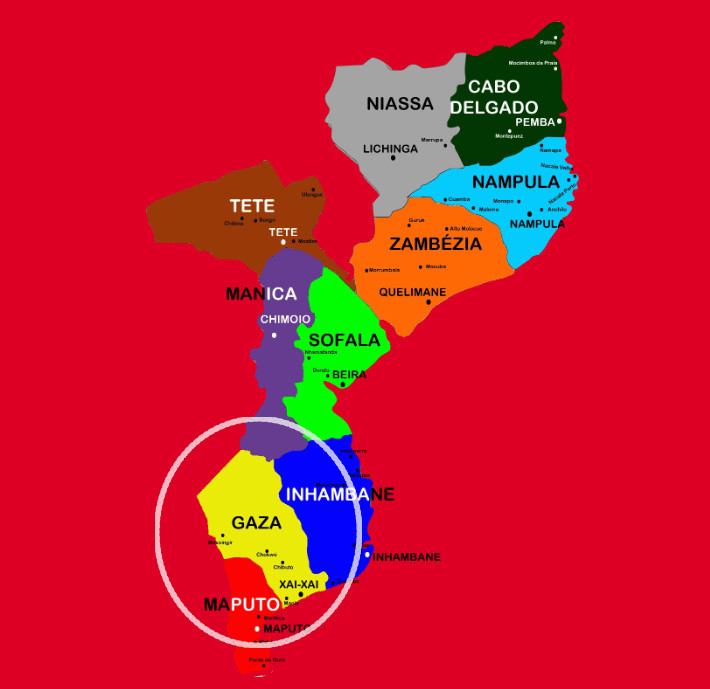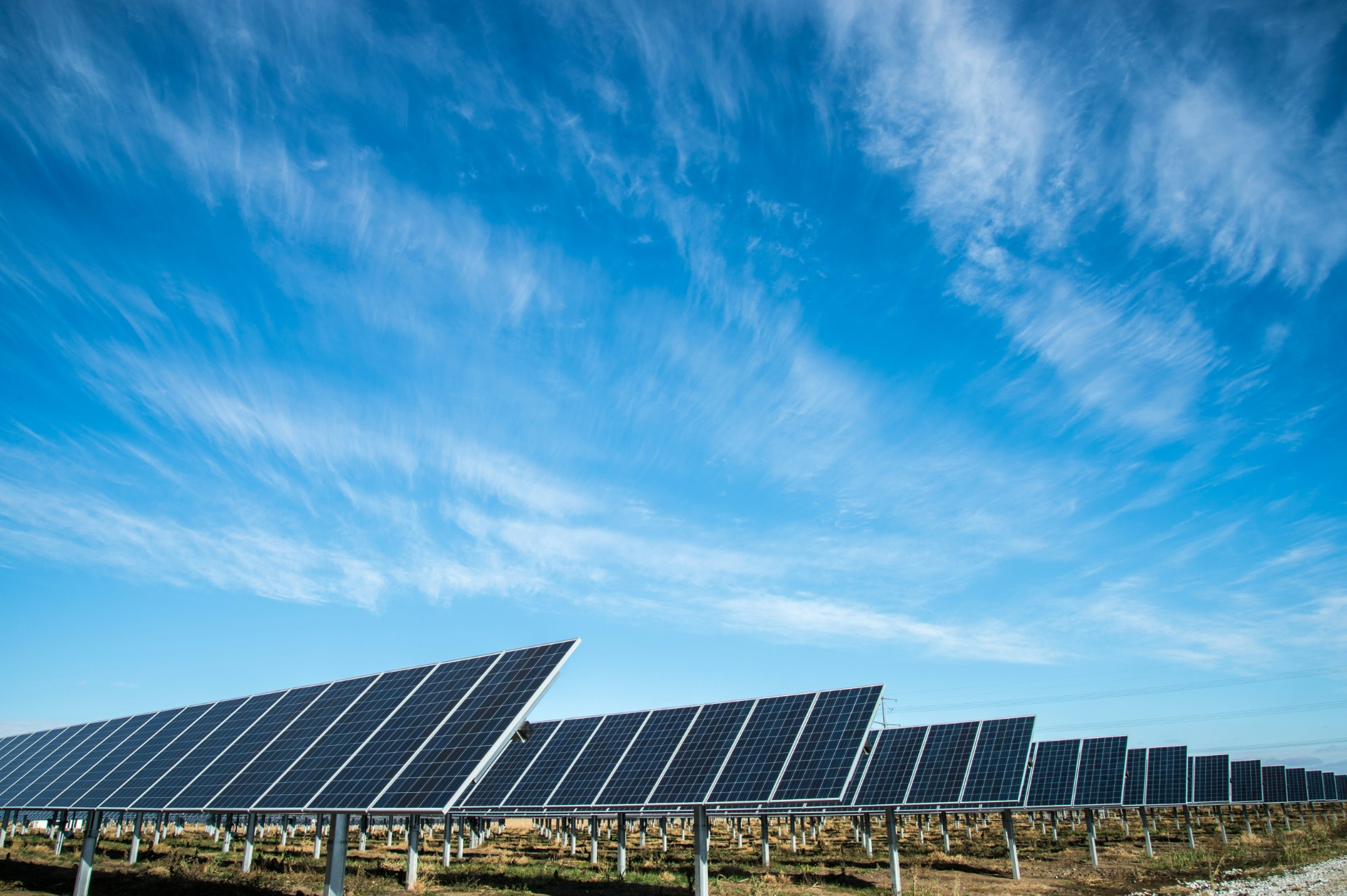MozambiqueExpert - Investors Guide
Invest in Sofala Province

The Industry and Manufacturing Sector
Sofala Province: Building the Central Corridor's Industrial Backbone
The Government of Mozambique recognizes the industry and manufacturing sector as a key driver for structural transformation, modernization, and employment generation, alongside agriculture and energy. Sofala Province, strategically anchored by the Port of Beira and major transport corridors, is positioned as a critical nexus for this national industrialization objective, particularly in agro-processing and logistics-linked manufacturing.
Facts and Figures: Sofala's Industrial Footprint
Sofala Province provides the primary economic connection between Mozambique's central region and its landlocked neighbors (Zimbabwe, Zambia, Malawi). Its industrial base is highly centralized and specialized:
Industrial Production Share - Transforming Industry accounted for 35.1% of Sofala's global production structure in 2014, making it the highest contributor.
Industrial Hub Status - Beira City holds the second largest Mozambican industrial park, following Matola. Beira is the provincial capital.
Manufacturing Output Structure - In 2004, the manufacturing sector was dominated by agro-processing (76%) and the cement industry (18% or 17.7%).
Key Industries Present - Sofala is a leading region for sugar industries, hosting four of the nation's eight sugar factories. The textile industry, as well as cotton ginning and sisal shredding, are also located in Sofala.
Investment Focus - Sofala Province has recently attracted more than 88% of total investment in energy and industrial project approvals, indicating a strategic focus on the central corridor.
SME Composition - Sofala accounts for one of the highest shares of micro firms (80% to 90%) in the manufacturing sector, contrasting with the higher proportion of medium firms in Maputo.
Opportunities for Industry and Manufacturing Investment
Sofala's strategic position and rich agricultural base present several high-potential investment areas, focusing primarily on value addition and logistics:
Agro-Processing and Food Manufacturing (Value Addition):
As agro-processing constitutes the vast majority (76%) of Sofala's manufacturing output, strengthening this sector is paramount. There is potential for processing industries such as juice and dried fruit.
Concrete investment is already scheduled, such as the planned US$14 million canned fruit processing unit in the Nhamatanda district, expected to create up to 3,000 jobs.
Further development of existing commercial anchors, such as the rehabilitation of sugar mills in the Buzi district, has the potential for investments estimated at US$85 million.
Logistics, Transport, and Port-Related Industries:
The Port of Beira is undergoing comprehensive modernization and expansion to enhance its role as a key gateway for Mozambique and SADC countries. This creates opportunities for the private sector in developing warehousing and distribution facilities and port-related agro-processing or storage/handling facilities.
The Manga-Mungassa Special Economic Zone (SEZ), located in Beira City, specifically targets industry, logistics, and transport investments.
Construction Materials and Resilient Manufacturing:
Given the high climate vulnerability, there is a sustained demand for construction materials in the massive post-disaster reconstruction efforts. Manufacturing assets like the cement industry, which already makes up a significant portion of manufacturing output, should be supported.
Investment could focus on potential growth segments in which Mozambique has competitive advantages, such as tiles, bricks, and cement products (concrete blocks).
Textiles and Industrial Feedstocks:
The government has policy aims to revitalize the textile industry through vertical integration from cotton cultivation to spinning, weaving, and garment manufacture. Plans include establishing new cotton ginning mills in Sofala, specifically at Beira.
There is potential to develop downstream linkages to the extractive industry elsewhere in Mozambique, such as in fertilizer production (using gas for chemicals) and metal products.
Government Policies to Promote Industry
The government emphasizes the development of the productive base, including both company and family businesses, with priority given to the industrial sector.
Industrial Priority Sectors: Government strategy prioritizes activities that contribute to job creation and the exploitation of comparative advantages, focusing on microenterprises, small and medium-scale businesses, and agroindustrial companies.
Special Economic Zones (SEZs): The Manga-Mungassa SEZ in Beira offers preferential treatment to investors, including fiscal incentives, services, and streamlined customs procedures, to attract industry, logistics, and transport. These zones are designed to boost productive capacity and employment.
National Industrialization Program (PRONAI): Launched in 2021, PRONAI aims to modernize key industries like food and beverages, cement, and petrochemicals through import substitution measures (e.g., raising tariffs on finished goods) and promoting local inputs and production within SEZs.
Regulatory Simplification: The government plans to continue reviewing the legal framework to simplify and accelerate the licensing of commercial and industrial activities. The new Private Investment Law is part of the Economic Acceleration Stimulus Package (PAE) and includes measures for tax advantages, easier access to land, and simplified procedures.
Support for SMEs: The government aims to foster entrepreneurship and encourage the formalization and growth of micro, small, and medium-sized enterprises (MSMEs) by promoting access to financial services. A Mutual Guarantee Fund of US$250 million is planned to help micro, small, and medium-sized companies in agriculture, agro-processing, and other sectors access financing at accessible interest rates.
Challenges and Structural Constraints
Despite the strong policy commitment, Sofala's industry faces deep-rooted systemic constraints:
Weak Internal Economic Integration: The industrial sector is generally weak in Sofala, suffering from poor internal economic integration and relations. Local downstream industry is underdeveloped, limiting the ability of large projects to procure primary or interim products locally.
SME Weakness: The manufacturing sector is struggling to achieve transformative industrialization. Most firms are micro-sized, often suffering losses, and lack the capacity, skills, and quality to supply large markets or megaprojects.
Infrastructure Deficiencies: While major corridors exist, poor infrastructure, particularly aging railways, roads, and port facilities, requires ongoing maintenance and upgrades, leading to delays and increased transport costs.
Competition: Domestic manufacturers face intense international competition from high-quality South African products and cheap Chinese imports. The SADC free-trade agreement (which applies near zero duties on most SADC goods) exacerbates this pressure on domestic products.
Bureaucracy and Corruption: Administrative barriers are serious constraints, characterized by numerous procedures to apply for licenses and concerns over bureaucratic obstacles (red tape) and corruption.
Systemic Risks for Investors
Investors in Sofala's manufacturing sector must account for several high-level, systemic risks:
Climate Change and Infrastructure Loss: Sofala's low-lying coastal geography makes it extremely vulnerable to tropical cyclones and flooding. Catastrophic events, like Cyclone Idai, can temporarily or permanently render critical industrial and transport assets inoperable.
Policy Implementation Failure: While numerous policies exist to support industry (e.g., SEZs, PRONAI), the failure to execute these plans consistently, coupled with systemic under-allocation of public funds, can undermine private investments.
Financial and Credit Risk: Local SMEs face a low credit culture and poor management capacity, which contributes to high rates of Non-Performing Loans (NPLs) in the banking sector. This means financing for smaller, local industrial partners remains difficult and costly.
Security and Political Volatility: Sofala has historically been a center of political and military tension. Instability concerns can restrict movement and compromise the security of operations in interior districts.
